
Cuisine
Paraguayan cuisine
Paraguayan cuisine is heavily influenced by the country's geography, with a focus on grilled meats in the Chaco region and hearty stews in the eastern region. Indigenous ingredients like corn and cassava are staples in many dishes, while Spanish influences can be seen in dishes like empanadas and milanesa. Paraguayan cuisine is known for its use of bold flavors and hearty portions.
Typical ingredients
Beef, Pork, Chicken, Corn, Cassava, Beans, Cheese, Onion, Garlic, Tomatoes, Bell peppers, Oregano, Cumin
Presentation and garnishing
Paraguayan dishes are often served with a side of rice or sopa paraguaya, and are garnished with fresh herbs and citrus juices.
Paraguay is one of the largest producers of yerba mate, a traditional South American tea.
More cuisines from this region...
History
Paraguayan cuisine has a long history dating back to pre-Columbian times, with indigenous ingredients like corn and cassava being staples in the diet. Spanish influences were introduced in the 16th century, with the arrival of the conquistadors. Over time, Paraguayan cuisine has evolved to become a unique blend of indigenous and Spanish influences, with a focus on hearty stews and grilled meats.
Cultural significance
Paraguayan cuisine is an important part of the country's culture, with many traditional dishes being served during festivals and celebrations. Asado (grilled meat) is a staple in many households, while sopa paraguaya (cornbread) is a popular dish in the eastern region.
Health benefits and considerations
Paraguayan cuisine is generally high in protein and fiber, making it a healthy choice. However, some dishes can be high in fat and calories, so it's important to enjoy them in moderation.
Paraguayan cuisine dishes Browse all »
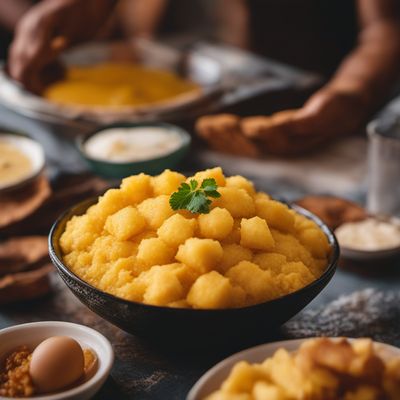
Chipa guasu
Chipa guasu is a traditional Paraguayan dish made from cornmeal, cheese, and eggs. It is a hearty and flavorful dish that is often served as a main course or side dish.

Chipa
Chipa is a type of bread that is made with cassava flour and cheese. It has a crispy exterior and a soft interior.
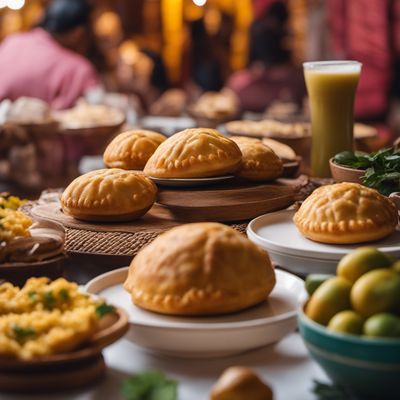
Pastel mandi'o
Pastel mandi'o is a traditional Paraguayan empanada made with mandioca flour.
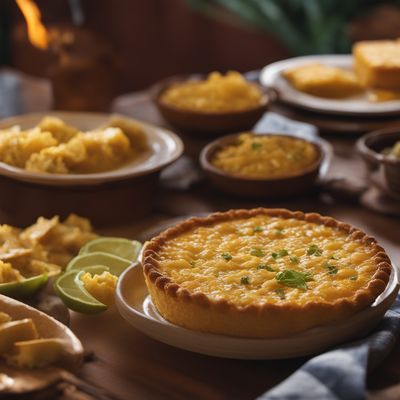
Sopa Paraguaya
Sopa Paraguaya is a traditional Paraguayan dish that is similar to cornbread. It is a savory dish that is perfect for any meal.
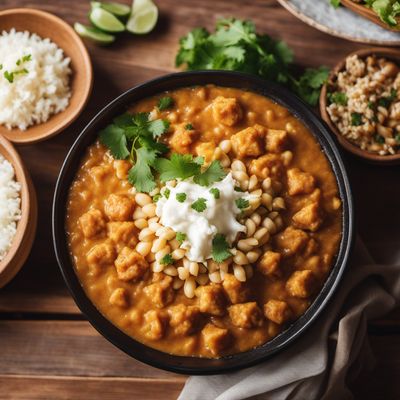
Kamby arro
Kamby arro is a traditional dish from Paraguay that is made with rice, cheese, and milk. It is a hearty and comforting dish that is perfect for cold winter nights.
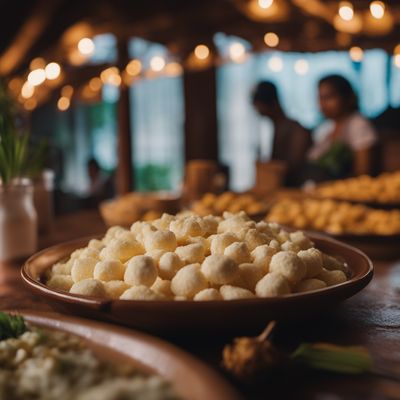
Mbeju
Mbeju is a traditional Paraguayan dish made from cassava flour, cheese, and eggs. It is typically served as a snack or appetizer.
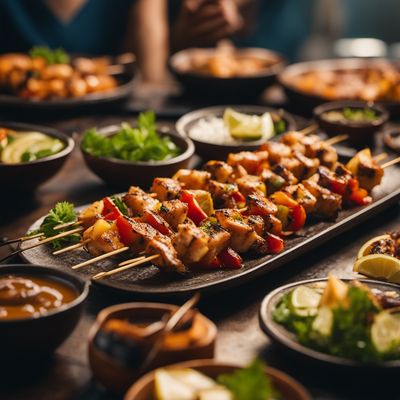
Boyitori
Grilled Fish Skewers
Boyitori is a traditional dish from Papua New Guinea that is perfect for meat lovers. The dish is made with skewered meat, which is typically chicken or pork. The meat is...

Pacú a las brasas
Grilled pacú fish
Pacú a las brasas is a grilled fish dish that is popular in Paraguay.
Paraguayan cuisine recipes Browse all »

Kamby Arro with a Twist
Savory Kamby Arro Delight

Pique Verde Paraguayo
Spicy Paraguayan Green Sauce

Paraguayan-style Beef Stew with Cornmeal Dumplings
Savory Beef Stew with Traditional Cornmeal Dumplings

Crispy Yuca Fritters with Meat Filling
Delicious Yuca Empanadas: A Paraguayan Twist on a Classic Chinese Dish
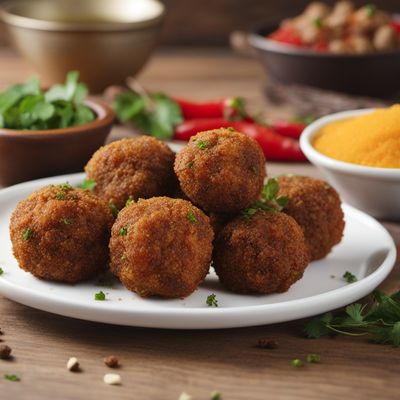
Paraguayan Boudin Balls
Savory Paraguayan Boudin Delights

Sopa Paraguaya with a Twist
Cheesy Cornbread Delight: A Modern Take on Sopa Paraguaya
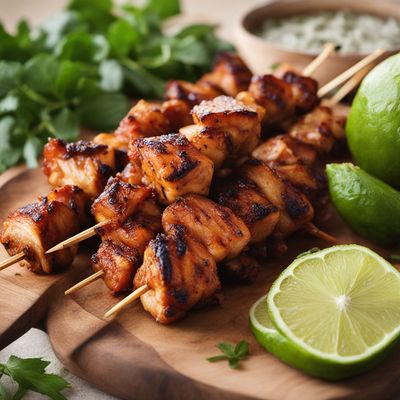
Paraguayan Grilled Chicken Skewers
Sizzling Boyitori Delight

Grilled Pacú with Paraguayan Flair
Savor the Flavors of Paraguay with Grilled Pacú
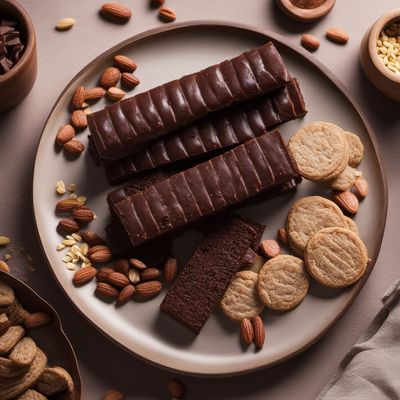
Paraguayan Chocolate Salame
Decadent Chocolate Delight: Paraguayan Style
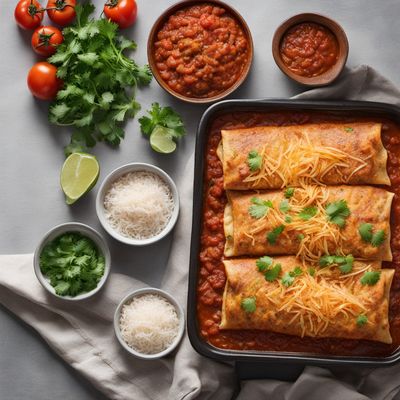
Paraguayan-style Ranchera Enchiladas
Savory Paraguayan Enchiladas: A Fusion of Flavors

Cheesy Chipa Bites
Savory Paraguayan Cheese Rolls

Paraguayan-style Pizza alla Pala
Delicious Paraguayan Pizza on a Paddle